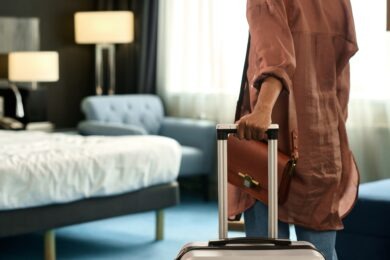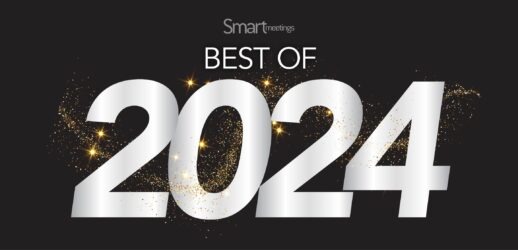Communication is key during natural disasters and meeting planning. When cell phone reception is shoddy, millions of people are now turning to the walkie talkie app Zello.
Alexey Gavrilov founded Austin-based Zello in late 2011, but the communications tool was not getting mainstream media attention until last week when it played a pivotal role in the Hurricane Harvey rescue efforts in Houston. It allowed first responders and volunteers to connect with people who needed to be rescued.
As Florida braces for Hurricane Irma, Zello has seen a surge in downloads. It’s gaining more than one million new users per day, making it the number one app—even over popular social media apps Facebook and Instagram, according to CEO Bill Moore.
This is not the first generation of push-to-talk mobile technology. Remember the old Nextel cell phones that enabled walkie talkie conversations with other Nextel users? Whatever happened to those? In 2005, Sprint acquired Nextel, which had 25 million subscribers at the time.
The cellular provider’s “replacement wasn’t Nextel anymore,” says Moore. “[People] often miss it and so when they find Zello, they love it.” Several former Nextel Communications executives have since branched out to form pdvWireless, a New Jersey-based push-to-talk and two-way radio technology company that offers service in several major U.S. cities.
Hotels & Events Say Hello to Zello
Hundreds of hotels have also turned to Zello, typically installing the app on iPods or employees’ Smartphones. Each department within the hotel can create their own radio channel to facilitate group communication amongst supervisors and staff. For instance, there can be separate channels for housekeeping, front desk, valet, maintenance and banquets. Hotels can set up a dedicated channel for a meeting professional and their team for an event. An unlimited number of channels can be created.
The range also knows no bounds, which is a handicap of the traditional walkie-talkie where users must be in close proximity to one another. Zello users can participate in a conversation or listen in to a channel no matter their distance from the action. Managers can monitor productivity from near or far.
Zello does rely on a Wi-Fi or data connection, so there is no guarantee it will be accessible in all situations. Moore offers a flicker of hope, though. “Zello works often when nothing else will,” Moore says. Many hotels and casinos, for instance, have dead zones where people struggle to make and receive phone calls. It only requires a 2G connection, much lower than other methods of communication. Much less of the “Can you hear me now?”
Since Hurricane Katrina in 2005, Moore has seen major improvements by mobile providers, taking note of a significant decrease in cell site outages. “In Harvey, it was under four-percent,” he says. “The probability that there is zero cell coverage is pretty low.” Users should also be careful to conserve cell phone battery power if there is a blackout and not drain all the remaining juice by over-using this or any feature.
Zello is free to download and has the option of private and public channels. Moore ensures that it’s highly secure with military-grade encryption. Meeting professionals seeking an added layer of security can subscribe to Zello Work for only $6 per-user, per-month, which enables an administrator to require verification for anyone requesting to join the channel.
One of Zello’s clients used to spend $50,000 on radios for conferences, but saved a ton by switching to the app, totaling under $600. The South by Southwest (SXSW) and Tournament of Roses are just two major events that have signed on to utilize this push-to-talk tech.




